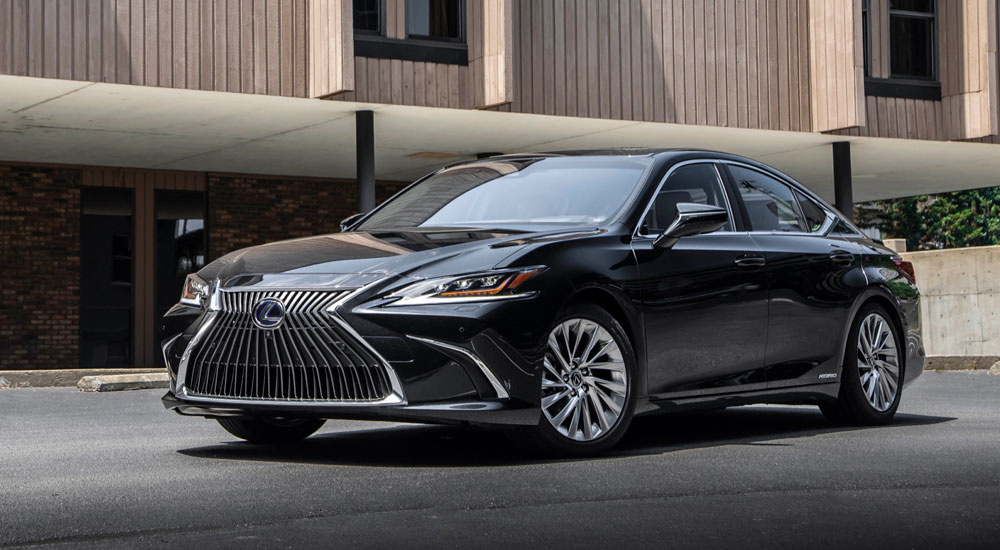The all-new 2019 Lexus ES 350 will arrive in U.S. dealerships this September with a base price of $39,500, just $550 more than the outgoing model. The all-new ES 350 F SPORT package will be a $4,535 option, for a starting price of $44,035.
Pricing for the hybrid ES 300h has also been announced at $41,310 USD, making for a $510 decrease compared to its predecessor.
All prices exclude a $1,025 fee for delivery, processing and handling.


Comments